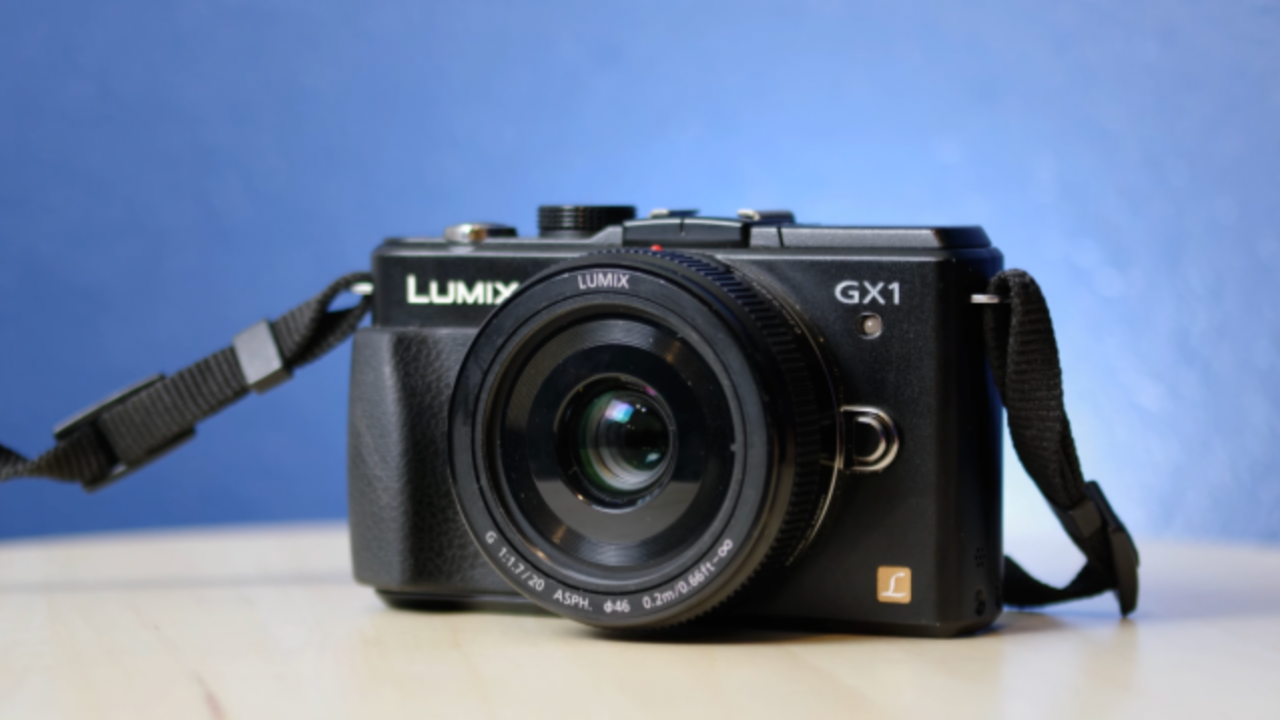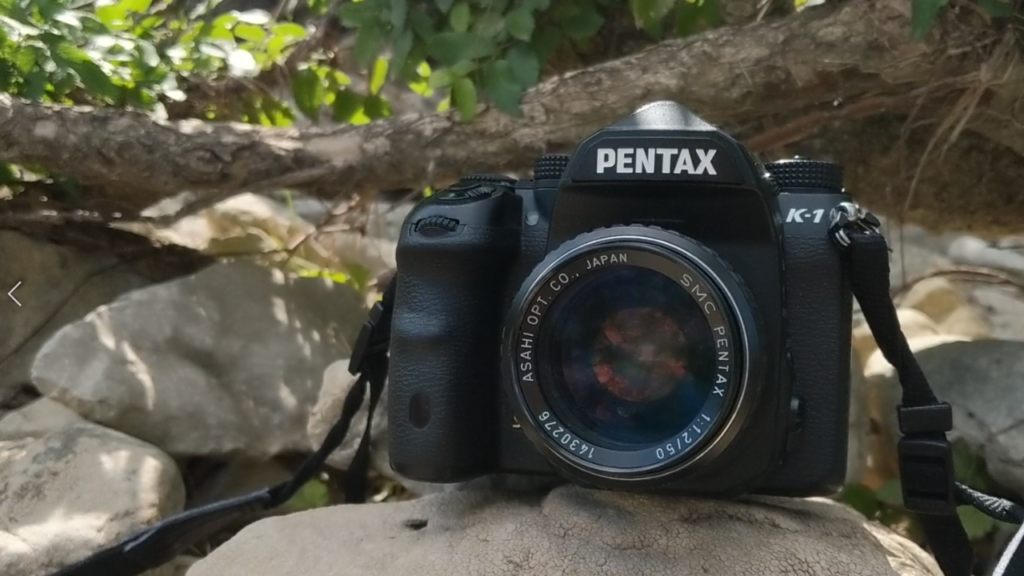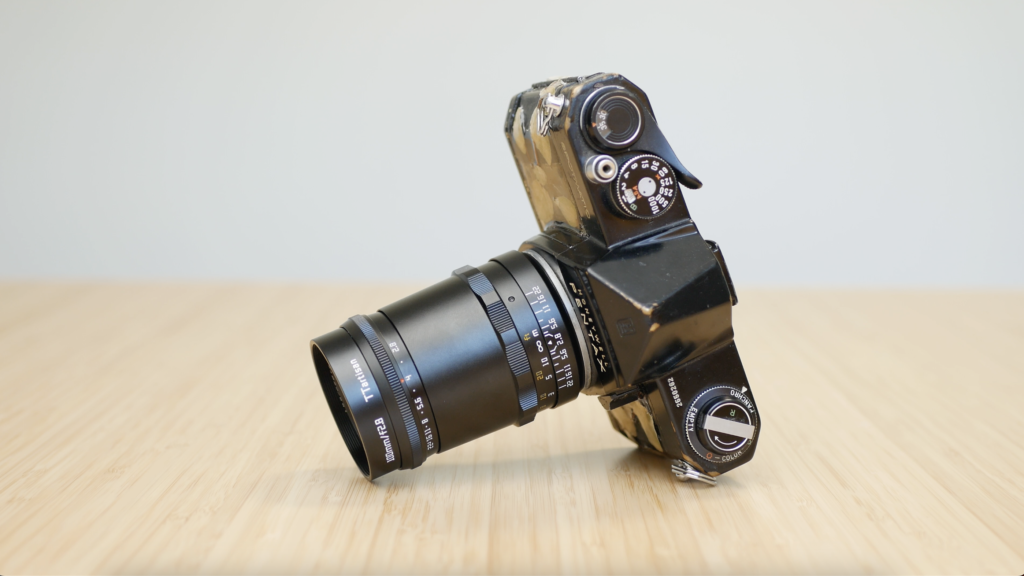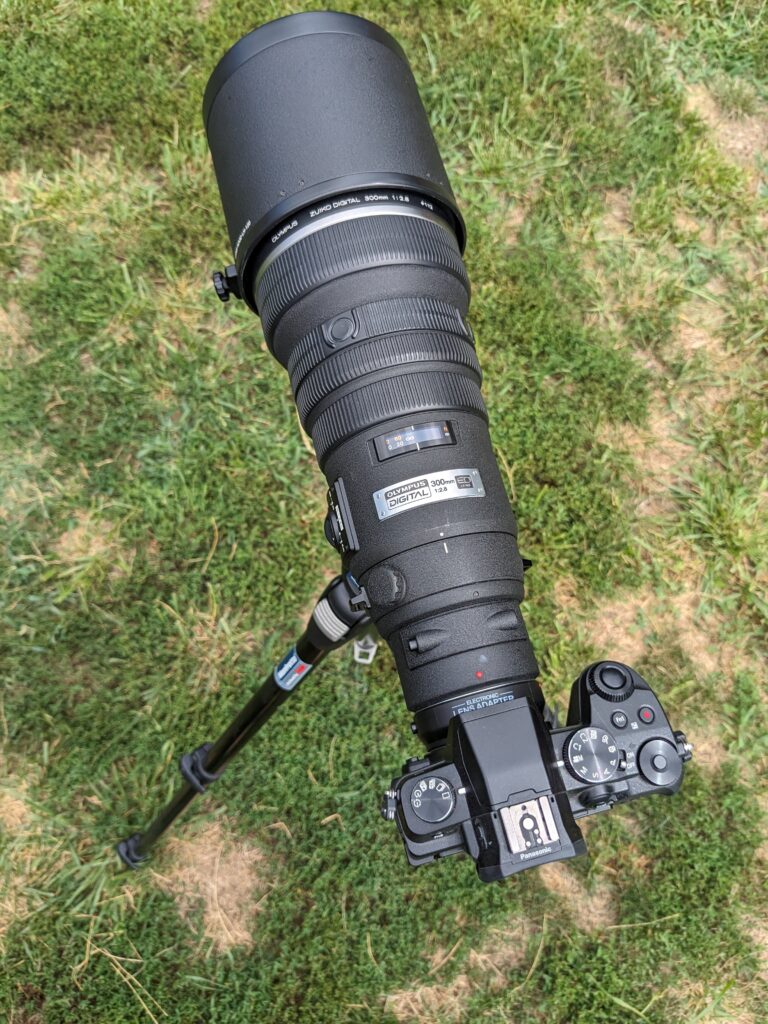I don’t know if you have picked up on the negative vibe on YouTube or blogs, but there is definitely some strong biases against Micro Four Thirds systems. It ranges from disregarding the system as being completely unnecessary to dismissing it as being novice. The thing is I thought I knew better than to buy into that. Fast forward to a few months ago, when I picked up a Panasonic GX1 and Panasonic 20mm f1.7 as a little experiment with big results.
Introduction
Here is my Panasonic GX1 and Panasonic Lumix 20mm f1.7 II lens. It has single handedly convinced me of the merit of M43 cameras. It’s not that I hated on the format before, in fact I’ve owned several M43 cameras and enjoyed them. But this is the first time I’ve used a lens on the system that to me makes it stand out as something special.
Most of my prior experience with M43 cameras was for video, which is where most people would agree they excel at especially for the price. Beyond video I also play around with adapting crazy lenses. Adapting lenses is fun on M43 because you can adapt nearly anything. From super telephoto, macro, or tiny lenses like those from the Pentax Auto 110 system. I’ve also used an old kit lens. But I’ve never shot a premium rated M43 lens, until now. And that made all the difference in making the camera stand out.
Panasonic GX1
The Panasonic GX1 itself is a nice little camera around $100. Even though I have more funds now I still appreciate a good buy, and the GX1 having a modern 16mp sensor for $100 is a good buy. It’s a small body with a generous grip (I appreciate that). Controls feel pretty good, and even being pretty unfamiliar with Panasonic cameras I was able to find everything I needed without consulting a manual. I can’t comment too much on the autofocus experience, as I’ve heard from others that the lens can really make the difference and I only own the one lens. The 20mm seems to be notorious for slow AF, and that was definitely my experience. With other lenses your mileage may vary.
The Lens
Beyond the slow auto focus, the Panasonic 20mm f1.7 is an incredible lens. It is one of the best lenses I have used on any system. Crisp detail from wide open and on, great bokeh, consistent results. Just lovely, and all in a pancake size. This is where M43 really makes a ton of sense. High quality glass that is compact, lightweight, and affordable.
If you look in my sample images below you can see that even 200%+ crops yield crisp detail. And once again, this is 16mp, which means we must be squeezing everything we can out of that sensor. Sharpness isn’t everything, of course, but it’s not just sharp. The images have a nice life to them. 20mm is a wide angle, even if on M43 you essentially crop into that 20mm field of view, but I didn’t notice any weird distortion unless I was very close to my subjects face and then there was a little. At normal distances, people and faces look very natural.
The lens doesn’t focus particularly close (20cm), and given the field of view you may find yourself too far to capture detail of smaller subjects. This really isn’t a big deal, especially for how I use the lens, but it’s worth mentioning. I do love myself a nice close minimum focusing distance.
Closing Thoughts
I started off with this experiment hoping to practice the 40mm focal range in a compact system, but I learned so much more. Not only am I further convinced 40mm is a great focal length for a pocket snapshooter, but I also became completely sold on the efficacy of the M43 system. I look forward to trying more lenses in the system, and even some different bodies.
Until next time, happy snappin’
Video Review
Check out my video review of the Panasonic GX1 and Panasonic 20mm f1.7 lens for more pictures and more of my thoughts.
Sample Gallery
Enjoy the following shots from my Flickr album showcasing the Panasonic GX1 and Panasonic 20mm f1.7 lens.






I don’t have a lot of experience with 4/3, just the Olympus EM10-II and 3 lenses. But two of those lenses are kit lenses and are incredibly sharp. They are also incredibly small and lightweight, as it he camera body. It blew my mind a little. So I think I had the same experience as you, and I also thought I didn’t have any bias. But seeing those thoughts so often rubs off on us, even if we think we are able to ignore it. Then we got a “pro” lens (60mm macro) for the thing and, wow. Just wow. 4/3 is something special. Sorry to talk about Oly so much, that’s just my only experience.
But I think the small lenses have something to do with the IQ. It is probably easier to make an outstanding lens that doesn’t have to fill as large a sensor area. Edge-to-edge sharpness seems like it must be easier to achieve, for example. Basically take a full frame lens (or whatever) and cut out the center. Voila, 4/3 lens that is sharp edge-to-edge. lol OK it surely doesn’t work quite like that but that’s my grossly simple theory of why 4/3 glass is so impressive. 😁
Thanks for your blog, nice to read. Do not stop.